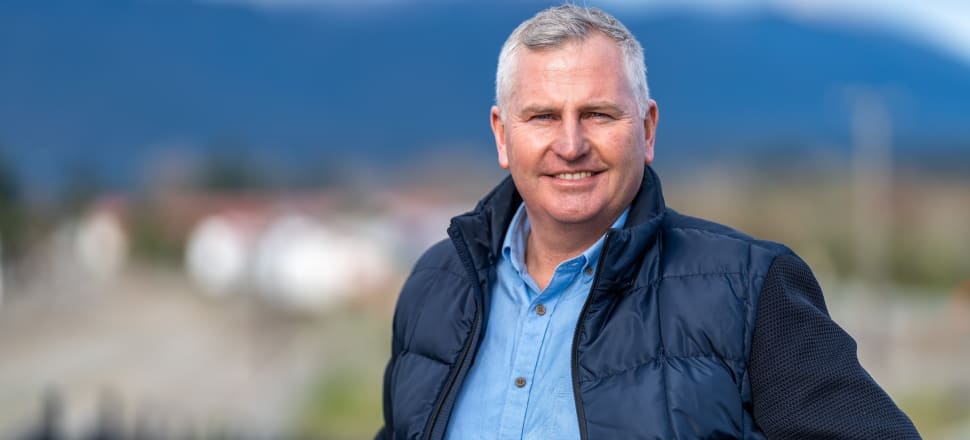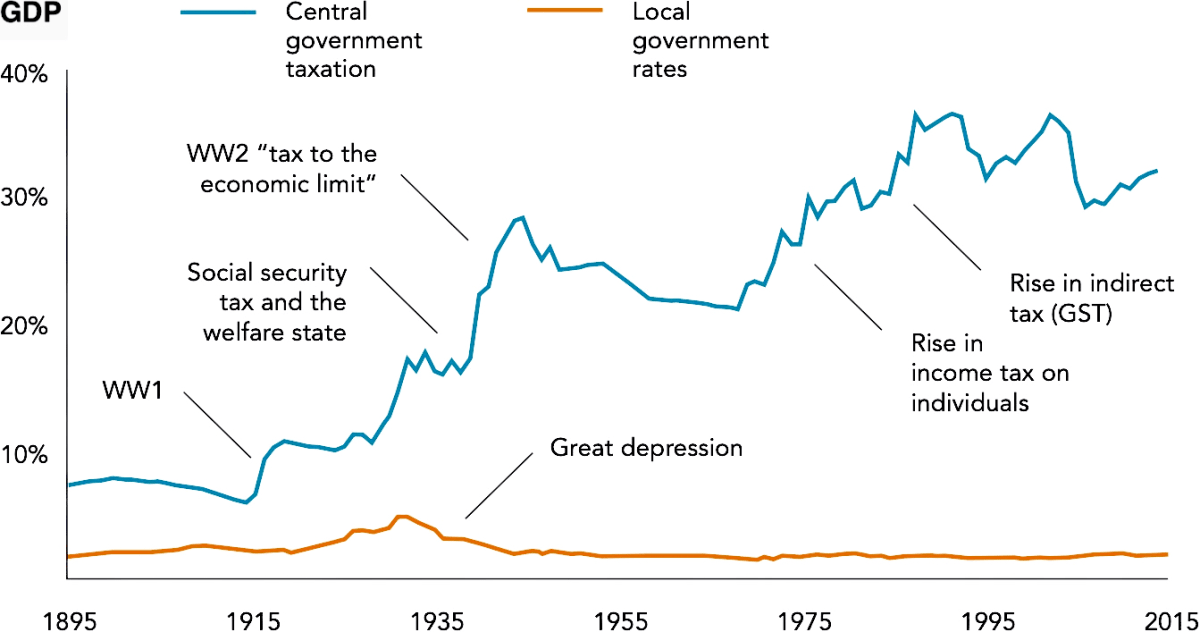
Local government leaders welcome official work on new tools to address 'funding crisis' for councils, ahead of this coming month's independent review.
In Buller District, 87 percent of the land is conservation estate – and successive governments have exempted themselves from paying rates on the mountainous country.
The sprawling 8,574 square kilometre district boasts two national parks, one forest park, and two heritage areas. There are fewer than 10,000 locals in the West Coast district, living in communities dotted between Kahurangi National Park and Paparoa National Park, but they must pick up the tab for services for all the tourists.
So mayor Jamie Cleine says he's pleased to hear Local Government Minister Kieran McAnulty tentatively open the door to the Department of Conservation, Te Whatu Ora, Ministry of Education and other agencies paying rates.
Locals value the parks, he says; they'd also like to be able to place a rateable value on the land. "It would be nice to be able to see the DoC estate valued in a monetary way for our councils. It is a massive barrier to economic prosperity, when you're really only operating on 13 percent of your land area."
READ MORE: * Govt should pay rates to cash-strapped councils – review * Kawerau leads small councils' fight against new amalgamations * Bed taxes and road pricing get green light from Govt review
Since the big local government amalgamations and law changes of 1989, governments have reduced much of their funding for councils, while at the same time imposing on them new and extensive regulatory duties. In the past century, central government tax revenues have risen from 10 percent of GDP to about 30 percent. Over the same period, council revenues have flatlined at about 2 percent.
A new research paper, commissioned by the two-year Future for Local Government independent review, says 93.3 percent of public levies are central government taxation; only 6.7 percent are local government rates and charges.
Local Government NZ president Stuart Crosby tells Newsroom the situation has reached "crisis point", so he’s pleased the minister has ordered work on funding tools like rating government properties and regular direct grants. “It means officials can hit the ground running.”
In draft recommendations late last year, the review said central government agencies should pay local government rates and charges on all properties. It will deliver its final report on June 21.
"During my visits to councils last year, I heard first-hand about the significant funding and financing challenges faced by local government. Since then, extreme weather events have placed further strain on already-struggling communities." – Kieran McAnulty, Local Government Minister
When Local Government NZ last raised the problem in 2015, the prime minister of the day, John Key, quickly stamped on the idea of the government paying rates.
But now, McAnulty says, Department of Internal Affairs officials are doing preliminary work on some of the matters raised by the review panel and councils.
All councils are affected, not just Buller. The West Coast has more than 80 percent of its land in conservation estate; so too do districts like Ruapehu and Opōtiki. Others like Wellington have valuable land turned over to schools, hospitals, ports – and, of course, Parliament itself.
Different government property is treated differently. The Local Government Act exempts all schools and tertiary institutions from paying rates. Public hospitals and other health facilities are exempted. Ports, airports and road and rail corridors are exempted.
National Parks and conservation areas are also exempted, meaning the country's biggest landowner, the Department of Conservation, paid just $1.02m in rates last year on the 8.6 million hectares of land it manages. Essentially, those rates are paid on its properties that provide commercial services,
Similarly, Toitū Te Whenua LINZ manages 2 million hectares of land owned by the Crown, including high country stations, residential and commercial properties, closed schools, courthouses and prisons, properties land-banked for Treaty settlements, a number of forests, and sites like the Waihi gold mine. It reported paying $4.2m in rates in 2020, but hasn't reported its rates expenses since.
By contrast, state housing provider Kāinga Ora paid nearly $200 million in rates last year, on nearly 70,000 houses and flats it owns that are collectively valued at $49 billion.
Taxation as a percentage of GDP

Kieran McAnulty says the draft recommendations of the review, commissioned by his predecessor Nanaia Mahuta in 2021, recommend retaining rating as the primary funding mechanism for local government but simplifying and streamlining the rating process.
"During my visits to councils last year, I heard first-hand about the significant funding and financing challenges faced by local government. Since then, extreme weather events have placed further strain on already-struggling communities," he acknowledges.
"The Independent Review Panel’s draft report identified several opportunities to address these challenges."
The final report will outline more specific and concrete recommendations, McAnulty tells Newsroom. Those shouldn’t be seen as government policy, but they will inform future conversations with local government about making the sector "fit for purpose".
"I reiterate once more that the Government will not embark on substantial reform of local government unless it is clearly sought by the sector," he says.
"We, now more than ever, need to know how our system of local government needs to evolve so it is better able to support programmes critical to communities. We are looking at a wide range of issues that include our climate resilience profile, our emergency management system, improvements to housing supply, and councils as enablers of community wellbeing."
Newsroom asked McAnulty whether the Government would agree to pay rates or, alternatively, share locally-raised GST with councils. "We are entering into this process with an open mind," he says. "Once I receive the outcome of the independent review, I will discuss those options with local councils and how we move forward."
Stuart Crosby says the decline in government funding has accelerated since the big reforms of 1989. Occasional grants for projects like wastewater schemes have been welcome, but haven't come close to addressing the shortfalls created by all the new, unfunded mandates imposed on councils every year.
"At the same time, the level of service and the quality with which we have to deliver things has increased dramatically, for good reasons – health reasons, environmental reasons. So it's a double-edged sword. Our revenue went down from the government, but what we had to do in terms of quantity and quality went up. And now it's at a crisis point."







